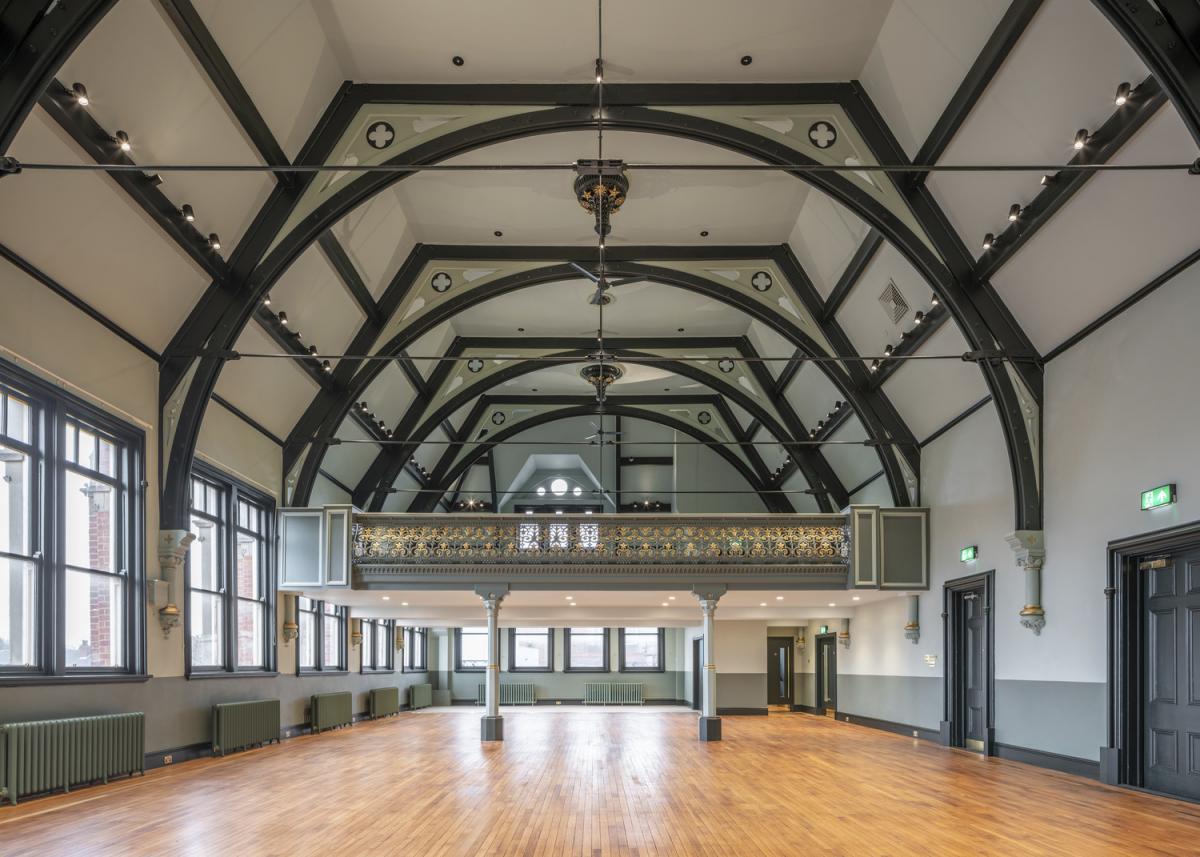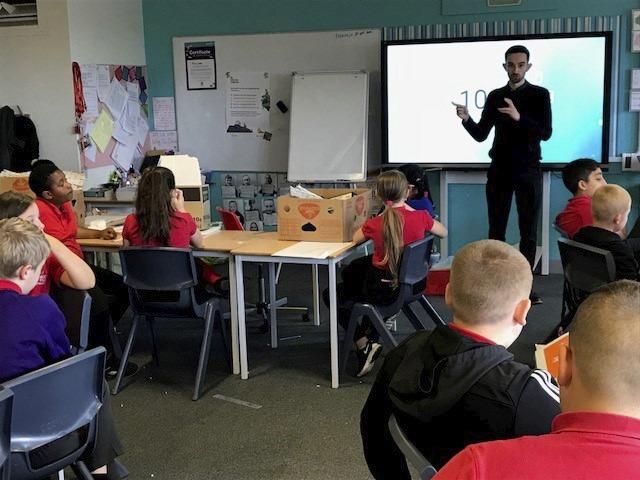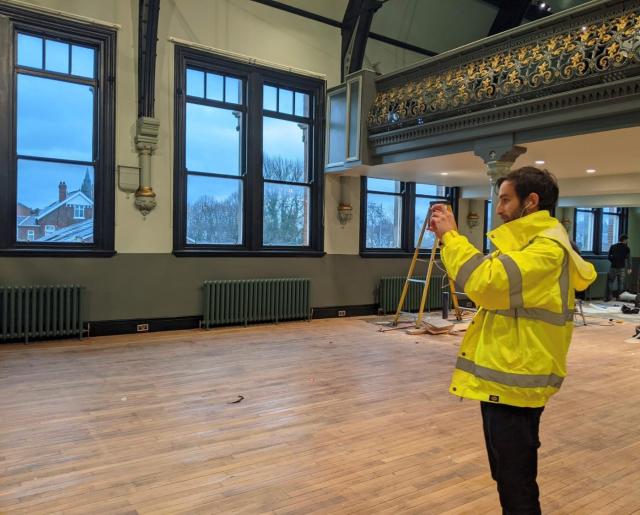
In the next instalment of our 'Behind the B' series, Architect Adam Lewis, discusses what drives his interest in working with historic buildings and how, for him, the best projects are the ones that help communities thrive.
What does good design mean to you?
For me, good design means that it’s specific to that place, period in time, context and vernacular. There isn’t a one rule fits all approach to design - every place is unique and every community, structure, site and landscape is different so every piece of architecture should respond directly to its context.
When did you decide to pursue a focus in heritage architecture?
In a previous role, I was involved in a couple of commercial projects which related to heritage buildings which sparked my initial interest. I joined Buttress’ arts, culture and heritage team because I wanted to have the opportunity to work exclusively on these types of buildings. Working on historic buildings means that every project is different and presents a unique and individual set of challenges. I enjoy working through these complexities and peeling back the layers of history to develop informed, creative solutions that will protect and enhance these fascinating spaces.
Are there any particular types of projects you most enjoy working on?
I find working on projects where the end-user is community focused particularly rewarding because you’re able to make meaningful changes to many peoples' lives all at the same time. During my time at Buttress, I've worked on several ecclesiastical projects which are often quite small but deliver huge benefits to the people they serve. This might range from making worship more accessible to a broader congregation, to creating spaces that enable church buildings to better support their community for secular use. For me, the best projects are the ones that help communities thrive.

What’s your favourite thing about your role?
I think it would have to be the variety of experience I’ve gained since joining the practice. I’ve had the opportunity to work on projects from RIBA Stage 0 right through to Stage 7, which isn’t something people at my point in their career often have the opportunity to do. I also think it’s about having a valued input into the design and creative decision-making process from day one.
Do you have a favourite project you’ve been involved in?
I would have to say the restoration of the ballroom at Stretford Public Hall. The project has involved the complete restoration of the Hall's Victorian ballroom and adjacent ancillary rooms, and will result in a multi-functional space which can be used for a wide range of events and activities, including theatre, weddings and conferences. This will allow the community group who manage the hall to generate much-needed income which will be reinvested into the maintenance of the building and community activities.
There are lots of reasons why it’s my favourite. For one, it involves the transformation of a really important heritage asset in the community while giving them a brand new space that is entirely flexible and can be used to support a variety of activities. It’s also a project where I've been heavily involved in the design and specification. It's been a real pleasure to watch the project evolve and to work with the client group to help fulfil their ambitions for the space. Even though it's a small project, it's got a lot of heart and it's rewarding knowing how much this project means to the community and the impact it will have.


You are involved in a number of initiatives that aim to promote the architectural profession to young people. Why is supporting these groups important to you?
It is well known the road to becoming an architect is quite long and unfortunately there is quite a formidable barrier to entry, especially for students from less privileged or affluent backgrounds. Many school students have limited or no access to architects, or a real understanding of what the profession involves, which can make career decision-making quite limiting for 16-18 year olds. Consequently, these students are less likely to seriously consider architecture as a career, resulting in a lack of diversity within the profession more generally.
I joined the RIBA’s Architect Ambassadors and Architects Connect programmes in a bid to help address these issues and improve representation. Each programme aims to provide children of all ages and backgrounds with insight into a career in architecture as well as advice and support on how they can navigate the journey from education through to practice. It is hoped that this will help raise aspirations among a broader demographic of students and ultimately create a more inclusive profession.
What would you say to someone considering a career in architecture?
Stick with it. Yes – like any job – it has its challenges but that pales in comparison once you’re able to witness how your work can change places and communities for the better. Another advantage of architecture is that it is so varied so you can shape it around your interests and passions - whether that's new design, conservation or urban design, you can really make it your own.
